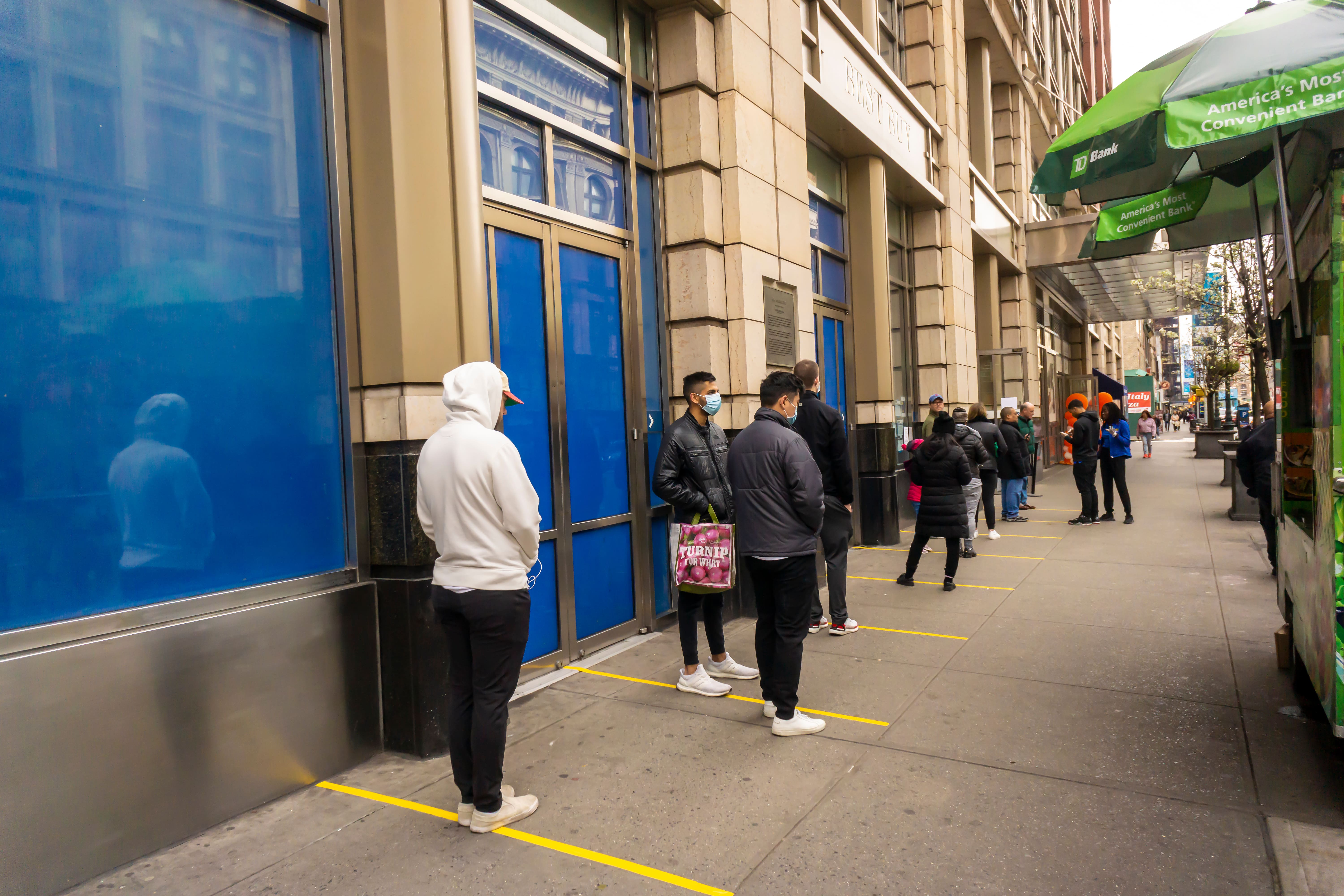When we originally built and released the Crowd Counting demo app, the intent was to inspire developers to iterate on the architecture, code, and concepts; get their hands on some really interesting technologies from AWS; and explore new ideas. Since our release of the Crowd Counting Developer’s Guide and associated codebase in early March, the world has changed for us all.
Counting or monitoring people with AI/ML is riddled with privacy concerns, but in this time and space, understanding capacity and density/proximity/flow of people takes on an entirely different meaning to public health, commerce, daily activity, and personal safety. So how could this manifest?
Let’s start by taking a look at my personal shopping experience here in Seattle for the last 2 months:
Home Depot – The pinnacle of my shopping adventures. For the store in SODO Seattle, there are usually 2-4 people managing the queue, reminding people about social distancing, and a gated entrance/exit with people doing their best to manage people coming in and out of the stores. Essentially this is a queue counting/control process manually implemented and monitored. On weekends the queue is hundreds of customers long and stretches through the parking lot.
Trader Joe’s, WholeFoods, Ken's Market – Similar implementations to HomeDepot, but the wait times tend to span from 10-30 minutes, so the bigger challenge is to figure out the best time to go and avoid long wait times. Most people are not particularly enjoying the grocery experience at this point, and even with traffic, gating the in-store experiences are increasingly #awkward, which is saying a lot for Seattle!
No matter where you shop, these experiences are similar for all of us, and the real question is: can technology make for a better experience?
Next, let’s riff on some example user stories:
What would a solution need to look like to provide consumers and businesses these answers?
First, the solution would require cheap networked cameras, either with edge ML processing, or an API integration point to cloud backend services (similar to the developer guide we’ve provided). Second, the overall solution would need to be low cost of entry and possibly provide an integrated feed by location/site to Google Maps so people can see queue wait times for a given venue. Since this is more granular and venue specific, the Google ‘busy’ metadata lacks granularity. Lastly, the technical implementation would need to use object detection machine learning models, and steer clear of facial recognition technologies to avoid privacy/liability traps for businesses. And to this point, the object detection models could be advanced to identify people with or without masks and support more advanced use cases for worker and occupational safety.
There you have it - you’ve entered the Crowd Counting / Machine Learning / Pandemic rabbit hole.
We welcome your ideas, engagement, and iterations on this concept. Let's talk!
Leave your details below and we'll be in touch soon.
